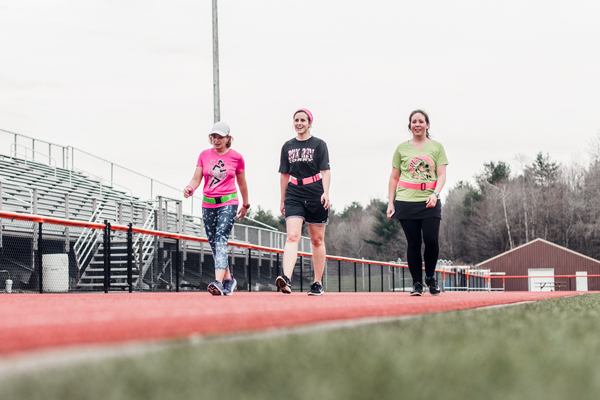|
Getting your Trinity Audio player ready...
|
Corry, Pennsylvania—a small city outside Erie—was approved to be part of the Blue Zones Project in 2019. Get an inside look at what it takes to transform a city to have an edge toward wellness and endurance.
Get Investors on Board
Erie County Executive Kathy Dahlkemper championed the start of the project, then gained support from key stakeholders from three funding partners: UPMC Hamot, Highmark Health, and Corry Memorial Hospital, a LECOM Health affiliate. Sharecare—a company focused on combatting the fragmentation between doctors, health plans, employers, and education—stepped up to manage the entire project from start to finish.
Create the Framework
After obtaining funding, Corry’s project leaders started their discovery phase. Here, they networked with community members to gain the support of schools, restaurants, grocery stores, and gathering spaces like churches. The purpose of this phase is to bring awareness to the project, create a framework to put policy in place, and map the best course toward goals that need to be met to not only become a Blue Zone but to stay one.

Connect with the Community
Using the Power 9 as guiding principles, project leaders educate people about well-being and how to achieve it. Corry community members can attend workshops to meet people, learn about healthy habits, and find purpose through their passions. Leaders will also organize events like cooking classes, potlucks, and walking moais, an Okinawan word that refers to a social support group.
Integrate Wellness into Everyday
This step incorporates Blue Zone principles into public spaces through policy and long-term partnerships. Blue Zone-specific signage is placed throughout grocery stores in Corry to nudge consumers toward healthier choices. Leaders also work with store managers to place healthy snacks at impulse-buy areas, organize aisles to contain only organic/non-GMO products, and host demos on how to make nutritious meals. Outside of stores, leaders collaborate closely with organizations like the Salvation Army and food pantries to provide low-income families with wellness options. The local government assists with big-picture changes, like smoking policies and efforts to make the city more walker/biker friendly.

Measure Success
With these programs and policies in place, the team steps back to let the Corry community put them to use, keeping a close eye on how the population’s habits change as a result. Statistics showcasing the population’s obesity levels, percentage of smokers, poverty rate, drug users, stress levels, and healthcare costs are compared with baseline data over time to see how well the project’s efforts are succeeding. If the data shows an increase in well- being and life expectancy, Corry becomes a certified Blue Zone.
Branch Out
The Corry Blue Zone team, managers, and sponsors hope that this project can serve as a blueprint for other cities nearby. The smaller, more contained nature of Corry makes it the perfect pilot community to determine which methods work best and can be replicated. The success the team has in Corry will enable it to potentially make a difference statewide.

